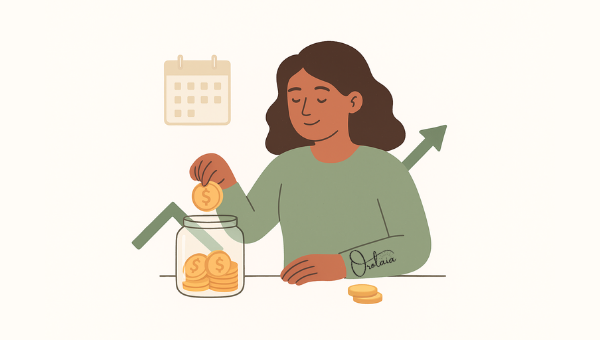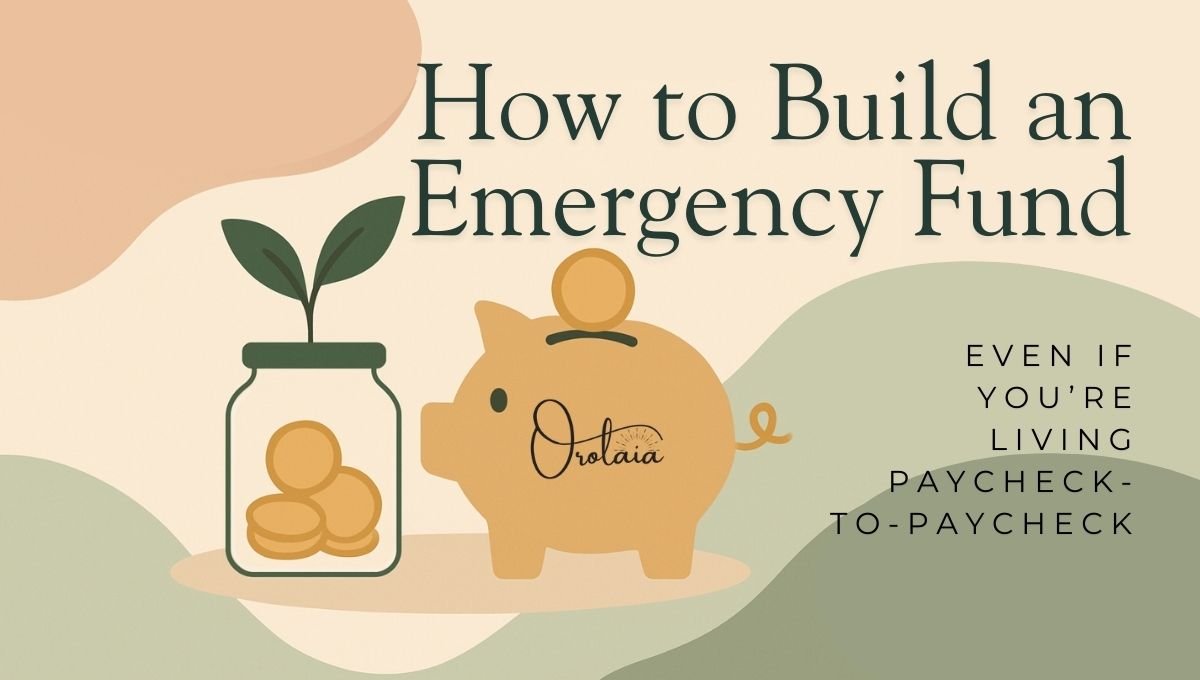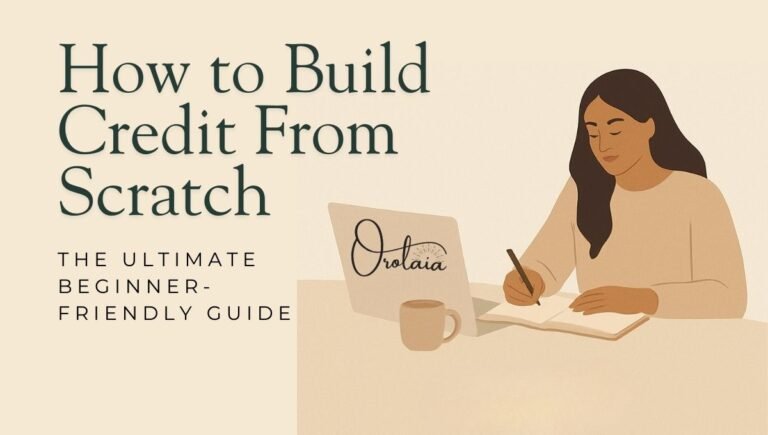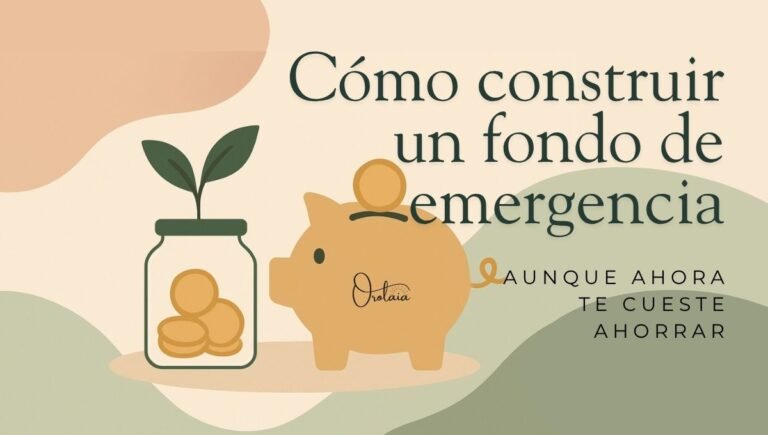How to Build an Emergency Fund (Even If You’re Living Paycheck to Paycheck)
Imagine this: it’s Monday morning, you’re rushing out the door, and your car won’t start. Later, the mechanic calls you with the verdict: $650 to fix it.
If you don’t have savings, this isn’t just a car problem. It’s a stress avalanche.
- Which bill can you delay to cover this cost?
- Will you need to put it on a credit card and pay interest for months?
- Who can you ask for help – and how awkward will that conversation be?
If this scenario makes your stomach drop, you’re not alone. Many people were never taught how to save for emergencies. Instead, we learned to rely on credit cards, family loans, or pure hope.
But here’s what I want you to know: it doesn’t have to be this way. The best part? You don’t need thousands of dollars to get started. Building an emergency fund is doable, even if you’re starting small – the key is just to start.
Why You Need an Emergency Fund
An emergency fund is money set aside specifically for life’s unexpected curveballs, like:
- Car repairs
- Medical bills
- Job loss
- Rent hikes
- Emergency travel to support a loved one
It’s not for vacations, shopping sprees, or new furniture. It’s a safety net that protects you from going into debt when life gets messy.
Why it matters:
- Reduces stress by giving you breathing room in tough moments.
- Prevents reliance on credit cards or payday loans.
- Builds financial confidence and independence – no more awkward money conversations with family or friends.
- Keeps you on track with long-term goals like buying a home or investing.
💡 Pro Tip: Even a $250 cushion can make a huge difference. Progress matters more than perfection.
How Much to Save for Emergencies: Finding Your Magic Number
A common question is: how much should I save for emergencies? The traditional advice says 3-6 months of expenses, and while that’s the goal, let’s be real, that’s overwhelming when you’re starting out. Think of it in two stages:
Stage 1: Starter Fund ($500–$1,000)
Covers those smaller emergencies that seem to pop up at the worst times, like a flat tire, urgent prescription, or when your phone decides to take a swim. This isn’t meant to replace your income; it simply prevents new debt.
💡 Think of this as your “training wheels” goal. It’s your first milestone.
Stage 2: Your Fully Funded Goal (3–6 months of essential expenses)
This is your long-term safety net for bigger life events like:
- Job loss
- Major medical bills
- Family emergencies that require travel or time off
To calculate your goal, add up your essential monthly expenses: rent, utilities, groceries, transportation, and any other must-haves. Exclude extras like streaming or eating out.
Quick example: If your essential monthly expenses are $2,000, aim for $6,000-$12,000 eventually.
💡 If you’re in a single-income household or have dependents, aim for closer to 6 months.
Where to Keep Your Emergency Fund: A High-Yield Savings Account
Here’s the thing: not all savings accounts are created equal. The ideal spot for your emergency fund is a high-yield savings account (HYSA), which keeps your money safe, accessible, and earning interest.
A HYSA is a type of savings account that offers interest rates far higher than traditional savings accounts – sometimes 10x higher – so your money grows quietly in the background.
Why a HYSA works best:
- Safe: Your money is FDIC-insured up to $250,000.
- Accessible: You can transfer funds quickly when emergencies strike.
- Separate: Reduces temptation to dip into your savings.
- Growth: Earn passive interest while your money sits, even if you’re saving small amounts.
💡 Pro Tip: Choose an online bank or credit union with no monthly fees and no minimum balance. Some popular options include Ally, Marcus by Goldman Sachs, or local credit unions.
How to Build Your Emergency Fund
Building an emergency fund might feel overwhelming at first, especially if your budget already feels stretched. Here’s how to make it simple and sustainable:

Step 1: Track and Trim, Without Judgment
Find 1-2 areas to cut back temporarily:
- Cancel a subscription you don’t use.
- Cook at home one extra night a week.
- Swap one coffee shop visit for a homemade brew.
Redirect those dollars directly to your emergency fund. It’s easier to stay motivated when you see your savings grow.
Step 2: Start Small and Automate
Open a separate HYSA just for your emergency fund. Start with $5–$20 a week – whatever feels doable.
Here’s the key: automate it. When saving happens automatically, you won’t even miss it.
💡 Pro Tip: Schedule your transfer right after payday so you “pay yourself first.”
Step 3: Boost with Windfalls
Got a tax refund, work bonus, or birthday cash gift? Put at least 50% straight into your emergency fund. These “extra” dollars can give your fund a major boost without affecting your day-to-day budget.
I know it’s tempting to treat yourself, and you absolutely should! Just make sure Future You gets treated, too.
Step 4: Keep It Accessible (But Not Too Accessible)
Your emergency fund should be easy to access in a true emergency, but not so easy that you’re tempted to dip into it for non-emergencies. A dedicated HYSA is ideal. The extra step to transfer the money helps you pause and ask, “Is this really an emergency?”
Common Myths That Keep You Stuck
Myth #1: “I’ll save when I make more money.”
Reality: The habit of saving is more important than the amount. Someone who saves $10 a week will build wealth faster than someone who waits for the “perfect” time to start. Start now, increase later.
Myth #2: “Saving is selfish when my family needs help.”
Reality: Having a financial cushion actually makes you better able to help others without hurting yourself. When you’re financially stable, you can support your family from a place of strength, not stress.
Myth #3: “I’ll just use my credit card for emergencies.”
Reality: Credit cards add stress and interest to an already stressful situation. A cash emergency fund gives you true peace of mind and keeps you out of debt.
Your Emergency Fund = Self-Care
Building an emergency fund isn’t just about money – it’s about peace of mind. It’s saying: “I deserve financial stability.”
Every deposit is a small act of empowerment, breaking cycles of financial stress and setting a healthy example for future generations.
Even if you start with just $20, you’re proving to yourself that you can create financial security, one dollar at a time.
Ready to Take Your Next Step?
Building an emergency fund doesn’t happen overnight – but it does happen one consistent step at a time.
Start today by:
- Opening a high-yield savings account.
- Setting your first goal of $500–$1,000.
- Automating small, consistent transfers each payday.
When life throws you a curveball, you’ll be ready. And your future self will thank you.
Remember: you’ve got this. One dollar, one week, one small step at a time.
✨Ready to level up? Check out our beginner’s guide to building credit to keep strengthening your financial foundation.




